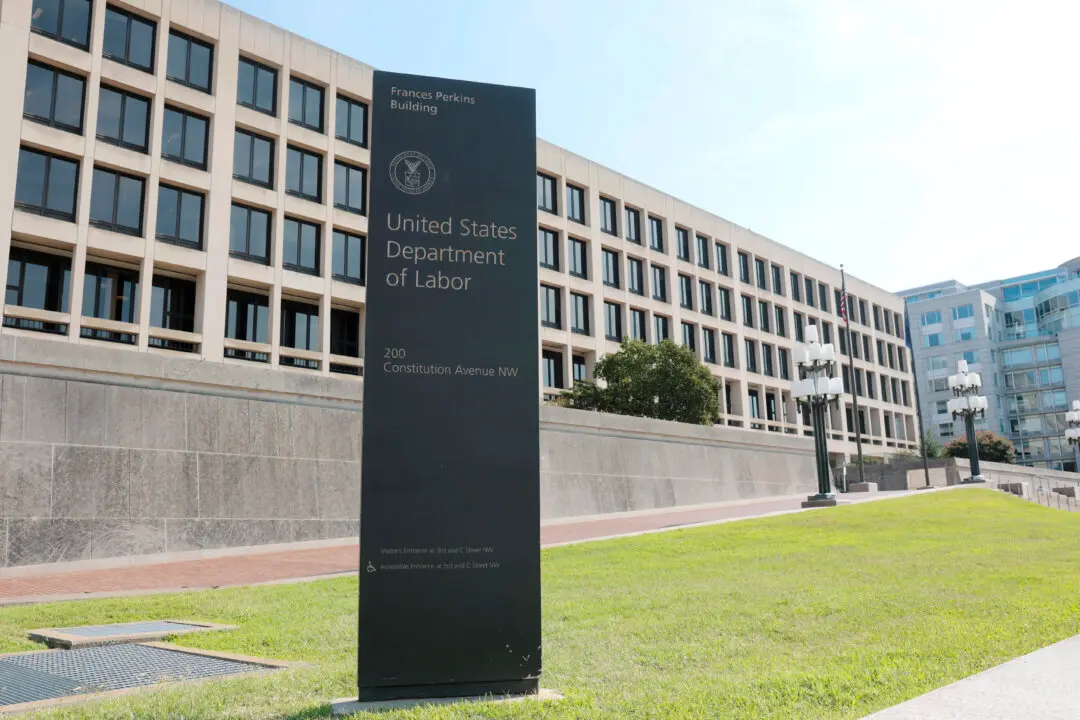Commentary
I’m already hearing worry about the impact of mass layoffs from the civil service. Perhaps as many as 1 million to 2 million or more people are about to be repositioned, probably with some severance, and that will surely have a disastrous affect on the labor market.





